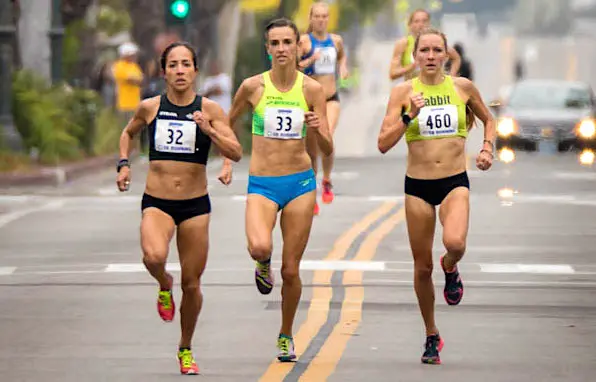It has been discussed for a long time that our pelvis/hip structure may influence the running-related injury rate.
An increase of the Q-angle – the angle between the femoral bone and a vertical line – has often been described as a risk factor, putting more load on the outside part of the kneecap. Science does not really support the negative impact of the Q-angle on our lower-body biomechanics.
As this is a factor that cannot be modified anyway,reviewing the role of our muscle flexibility seems to make more sense.
So basically, the shape of our body – think hips, pelvis and spine – does not define nor predict our risk for getting injured while running.
Several muscles that cross the knee joint have not been heavily discussed in regard to their role in the gait mechanism.
Hamstrings and quadriceps, on the other hand, have been studied pretty extensively.
These will be highlighted within our next post.


